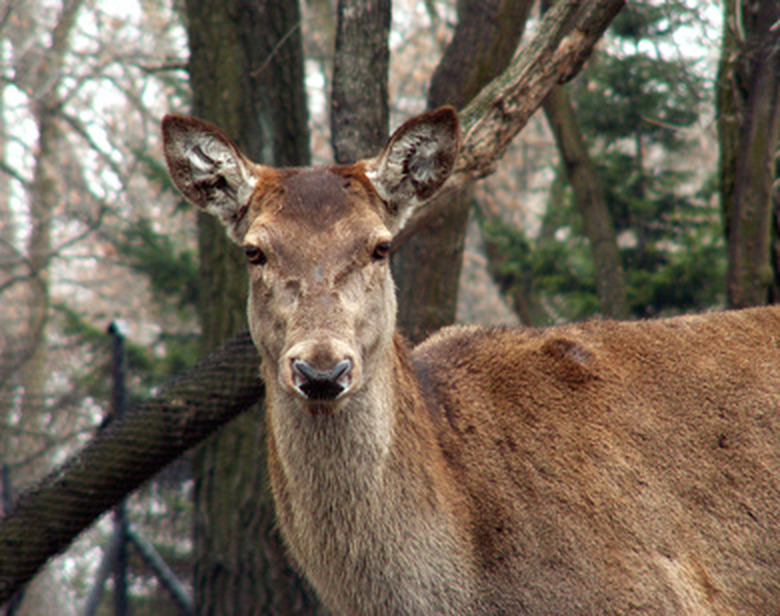Deer Resistant Indian Hawthorn
Plants that enhance yards and landscapes often appeal to wildlife. Deer are grazers that often forage for food among cultivated plants, wreaking havoc and destroying landscapes. While no plant is entirely deer proof, some plants, such as Indian hawthorn, are deer resistant, making them suitable selections for planting in areas frequented by deer.
Step 1
Indian hawthorn is the common name for Raphiolepis indica, a plant native to China. It is a small to medium shrub with evergreen foliage. Indian hawthorn produces small pink or white flowers in the springtime and dark purple fruits in the fall. Although birds like to feed on the ripe fruits, deer prefer to graze on other available plants. Even though this shrub is resistant to wildlife damage, deer may resort to eating it after depleting other available food sources in the area.
Requirements
Step 1
Indian hawthorn shrubs grow in a variety of soil conditions but prefer well-drained areas. Even moisture is essential to early growth, but these shrubs can tolerate moderate droughts as they mature. They tolerate a wide range of soil pH conditions but prefer a level around 6.0 to 6.5. This type of hawthorn is hardy in USDA plant hardiness zones 8 and 9 and requires protection from hard frosts. It grows best in areas with sun to partial shade.
Step 2
- Indian hawthorn is the common name for Raphiolepis indica, a plant native to China.
- Indian hawthorn shrubs grow in a variety of soil conditions but prefer well-drained areas.
Landscape Uses
Step 1
Indian hawthorn is a common choice for foundation plantings. Their small shape and attractive blossoms also make them a suitable choice for ornamental hedges and center plantings. Because of their deer resistance quality, these shrubs make good choices for outlying areas that experience wildlife traffic.
Considerations
Step 1
Indian hawthorn shrubs are prone to certain pest infestations and disease conditions. Insecticidal soaps and horticultural oils can help remove wax scale and other scale insects. Monitoring the plants and picking off bagworms and their cocoons can help protect Indian hawthorn from large infestations. Entomosporium is a type of fungus that causes leaf spotting on these shrubs. Excess moisture is often the cause of fungal infections. Providing additional sunlight and decreasing watering frequency can help resolve this problem. Annual applications of a general evergreen fertilizer will provide helpful nutrients and help the shrubs overcome damage caused by disease, pests and grazing deer.
Step 2
- Indian hawthorn is a common choice for foundation plantings.
- Annual applications of a general evergreen fertilizer will provide helpful nutrients and help the shrubs overcome damage caused by disease, pests and grazing deer.
References
- University of Florida Extension; Indian Hawthorne Brings Spring Flowers; Daniel F. Culbert; March 1998
- "Botanica's Gardening Encyclopedia", Susan Page; 2001
